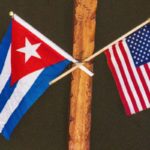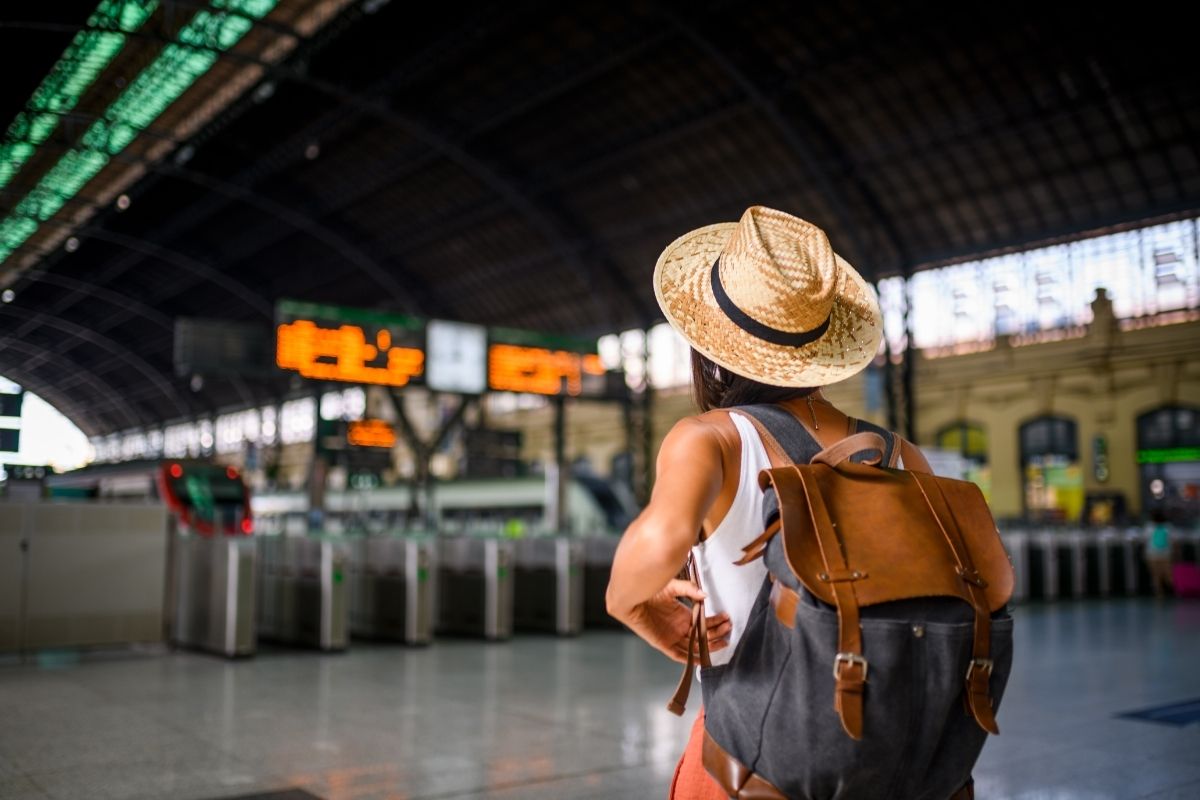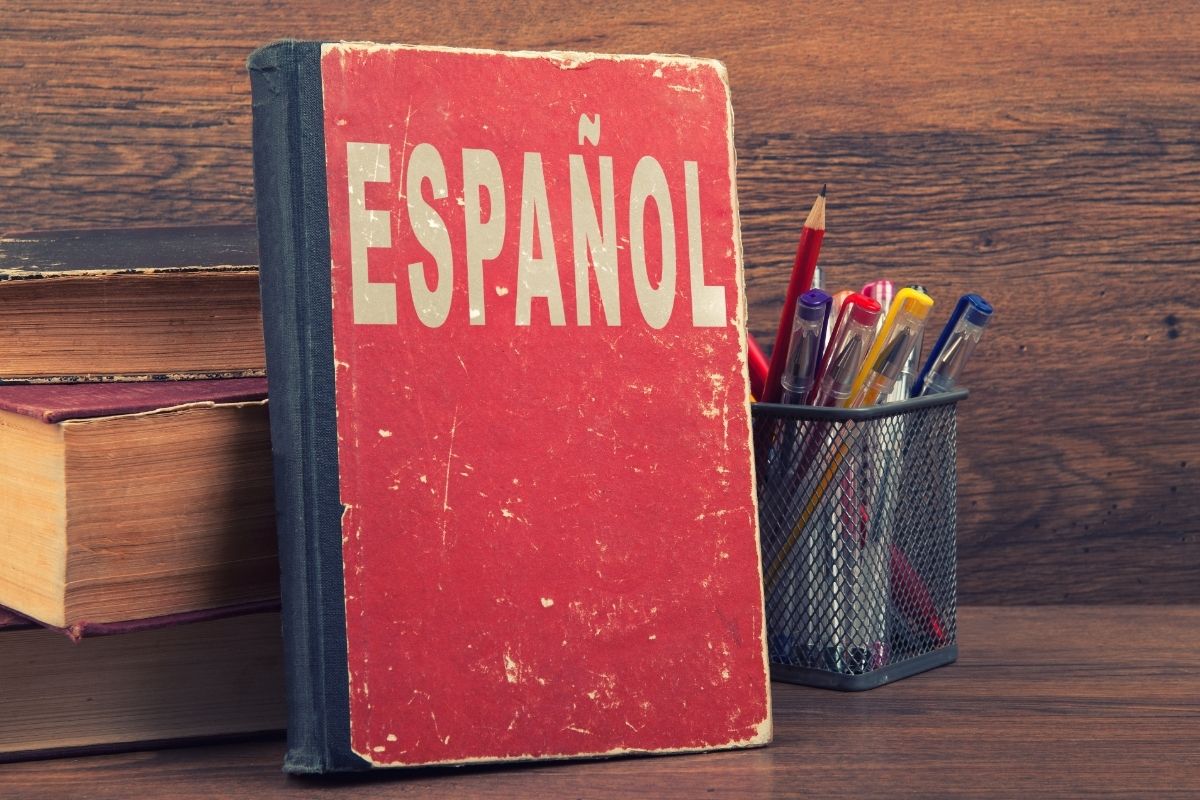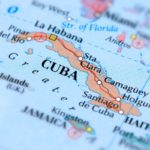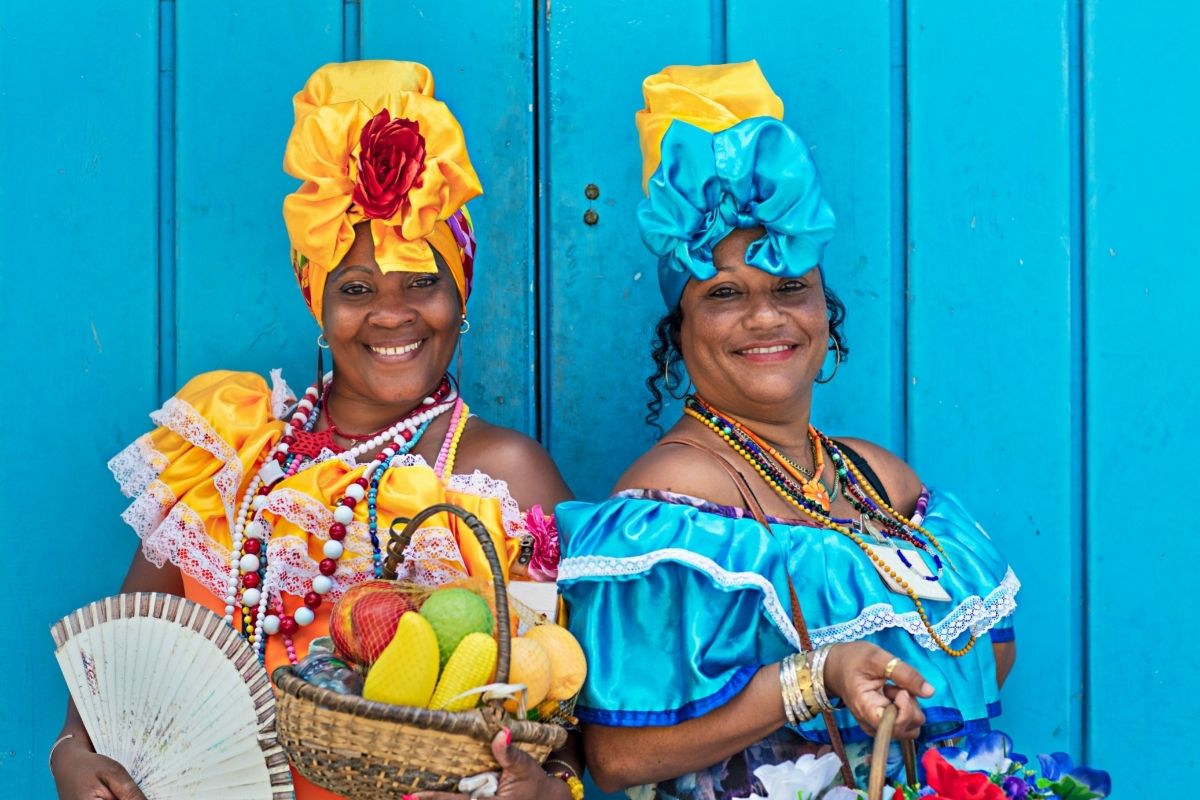Many factors have influenced Cuba’s history, ranging from invasion through colonization.
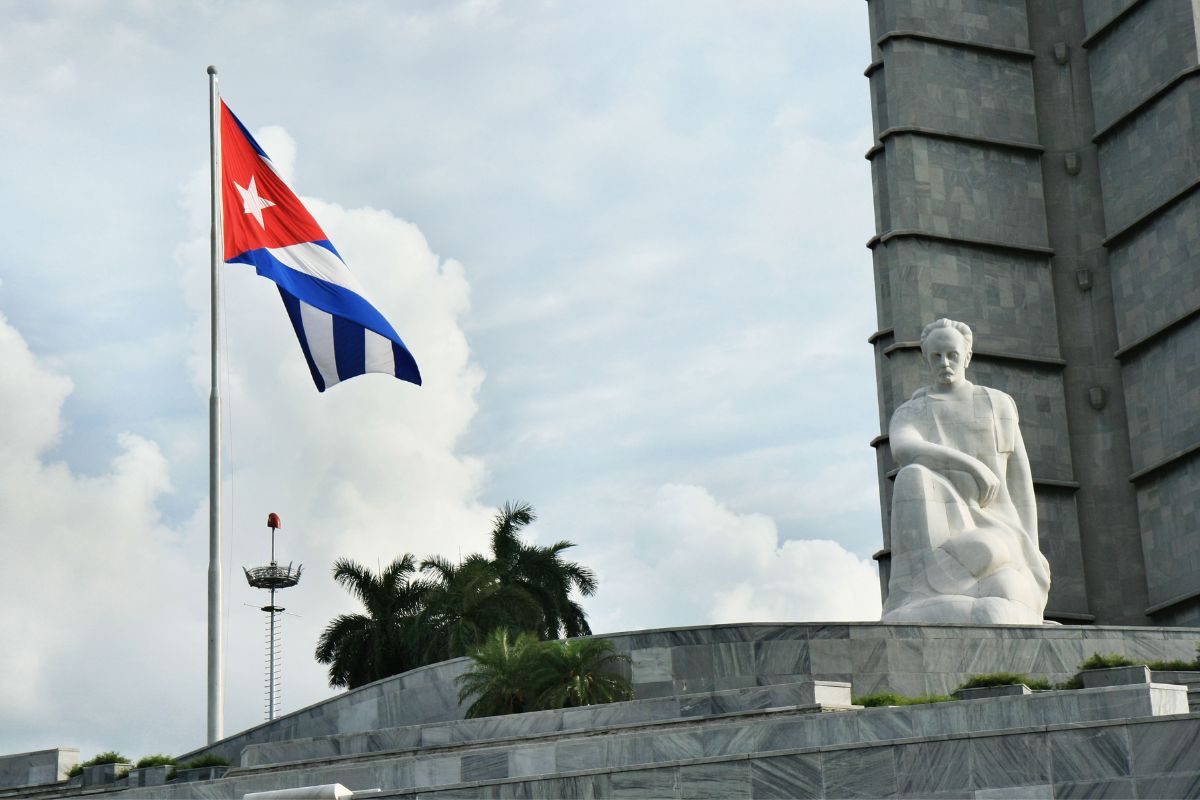
Cuba’s statues and monuments are worth seeing.
Whether it was a revolution or a dictatorship, everyone has left their stamp in different ways that can be observed across the nation.
If you’ve always wanted to learn more about Cuba’s interesting history and traditional way of life, these monuments should be on your travel itinerary.
About Cuban History
The Guanahatabey and Ciboney ethnic groups were Cuba’s first occupants. The Venezuelan Taino people acquired control of the island about a thousand years ago.
Spanish troops overcame the Taino in 1511, at which point they seized control of the island.
Many Taino people were made to work as slaves by the Spanish. The majority of deaths were caused by diseases introduced by Europeans and from overwork.
Then, in order to produce and harvest sugarcane, countless numbers of African slaves were transported to Cuba.
Cuba achieved independence in 1902 after American forces assisted in the 1898 expulsion of the Spanish from the island.
The island was, nonetheless, heavily influenced by the United States. In 1959, Fidel Castro and other communist rebels took over.
The Cuban Communist Party is in charge of the socialist nation of Cuba. Cubans elect their leaders, but the only recognized party is the Communist Party.
Up until February 2008, when he resigned due to a protracted illness, Fidel Castro served as the country’s president, prime minister, and military commander.
1. Che Guevara Mausoleum
In Cuba’s Santa Clara, there is a mausoleum dedicated to Che Guevara.
The bones of the Marxist revolutionary known as Che Guevara are kept in this significant monument in Cuba.
The tomb is viewed from a 22-foot-tall bronze statue of Che Guevara. Guevara rose to fame as a symbol of the Cuban revolution in the 1950s.
Santa Clara was chosen as the site for Guevara’s burial, and it was here that his men captured the city in the Battle of Santa Clara in 1958.
2. Morro Castle
Under Spanish authority, the fortification of Morro Castle, which guards the entrance to Havana Bay, was completed in 1589.
You may examine rusty canons and place your hands on centuries-old walls as you go about your visit.
You can also discover the procedures and tactics that were employed in the past to use this well-known monument in Cuba.
To enjoy a glimpse of the water and imagine what it must have been like to see battleships heading directly towards the harbor, you can ascend the stairs of a small turret.
3. Monumento a la Toma del Tren Blindado
Discover more about the Cuban Revolution at Monumento a la Toma del Tren Blindado.
The monument is a well-known national landmark in Cuba and includes a museum and a memorial garden.
An armored train that President Batista dispatched to Santa Clara in 1958 served as the focal point of an effort to alter the course of the conflict and the location.
The 18 guerrillas led by Ernesto “Che” Guevara attacked the train, which was transporting 373 armed soldiers, ammunition, and two months’ worth of food.
Guevara bulldozed part of the track before the officers gave up.
4. Finca Vigia
Ernest Hemingway, a writer who spent a large portion of his life at Finca Viga, a hilltop home he bought in 1940 east of Havana, cherished Cuba.
He wrote two of his most well-known books, For Whom the Bell Tolls and The Old Man and the Sea, when he was living in Cuba.
His home is now one of Cuba’s outstanding monuments.
The house, which features 9,000 books and Hemingway’s original furnishings, is now a museum where people can learn more about this author’s life.
5. El Cristo de la Habana
Experience a glimpse of the city from a significant cultural location at El Cristo de la Habana.
A Cuban artisan created this statue of Jesus Christ, which the Pope personally blessed and was constructed of Italian marble.
This landmark, which is 20 meters (66 feet) high and perched atop a hill, can be viewed from various spots throughout the city.
It is regarded as one of Cuba’s most stunning structures. You can see the entire city from the monument itself.
6. Jose Marti Memorial
Admire the imaginative architecture and captivating history of the José Mart Memorial, a monument erected in honor of one of Cuba’s national heroes.
The tower, composed of gray Cuban marble, honors Marti. He was a key figure in 19th-century Cuban revolutionary thinking.
The Jose Marti Memorial has a height of 358 feet and is shaped like a five-pointed star. At the base of the tower, a statue of Marti overlooks the ceremonial square.
It is regarded as one of Cuba’s most important monuments.
Additionally, you can visit the museum on the first floor and ride the elevator to the top of the column for expansive views of the city.
7. Monument Of The Street Person
Show your respect at the Monument of the Street Person to one of Havana’s most well-known figures.
The statue honors Jose Maria Lopez Lledin, one of the most well-known street performer in the city, who was known for traveling about Havana and earning the moniker “El Caballero de Paris.”
This well-known monument in Cuba alludes to his love of all things French. Lledn was born in Spain in the early 20th century before being moved to Cuba.
8. The Plaza de la Revolucion
One of Cuba’s historical landmarks is the Plaza de la Revolucion. It also goes by the name “Revolution Square.”
Fidel Castro and other political figures gave speeches at several political gatherings staged in this area, which served as the epicenter of the communist movement.
The 360-foot Jose Marti Memorial, which honors the successful poet, author, and nationalist leader who is revered in Cuba, casts a shadow over the square.
The renowned Che Guevara and Cuban revolutionary Camilo Cienfuegos are depicted opposite the memorial.
Additionally, the majority of governmental structures are situated here.
9. The El Capitolio
Because of how similar this gorgeous structure is to the Capitol building in Washington, USA, you won’t be able to tell them apart if you haven’t been there.
The former government headquarters in Cuba, now a national monument, was abandoned during the Cuban Revolution of 1959.
The third largest indoor statue in the world is located here, which is now a public library.
10. Colina Lenin Monument
It is worthwhile to see the monument to Vladimir Lenin, the leader of the Russian Communist Party, while you are in Havana. It is one of the landmarks in Cuba worth visiting.
This was Lenin’s first monument outside of the USSR when an olive tree honoring him was planted and given the new name Colina Lenin in 1924.
In the exhibition hall, there are additional photographs of Lenin from throughout his life on display.
Frequently Asked Questions
What Is The Most Famous Statue In Cuba?
One of Cuba’s top tourist attractions is the Christ of Havana, popularly known as Cristo de La Habana.
On a hilltop in Havana, Cuba, there is a huge sculpture of Jesus of Nazareth overlooking the bay.
It was created by Cuban artist Jilma Madera, who was given the project in 1953.
Why Is The Jose Marti Memorial Important To Cuba?
The Jose Marti Memorial was built in 1958 to commemorate the efforts of Jose Julian Marti Perez, an important politician that contributed to the Cuba we know today.
This monument, found in the Plaza de la Revolucion, was erected as a tribute to the national hero and his ideological practices.
Whose Face Is Depicted In The Revolutionary Square?
One of the most iconic and recognizable images in Cuba is the giant mural of Ernesto “Che” Guevara in Revolutionary Square.
The monolith is made from grey concrete and depicts the face of this revolutionary hero. It can be found on the eastern facade of the Ministerio del Interior on the northern side of the plaza.
Final Thoughts
Cuba is full of rich culture and interesting history, so you should definitely indulge in some of it when visiting for the first time.
There is plenty to see in Cuba and so many opportunities to learn more about this fantastic country through these key landmarks.
The incredible monuments are truly something to behold, so think about visiting at least one of them on your next trip to Cuba.
- What Is The Largest Island In Cuba? - September 19, 2022
- Havana – Why Is It Cuba’s Most Exciting City? - September 19, 2022
- Cheapest Time To Visit Cuba (Ultimate Guide) - September 19, 2022

